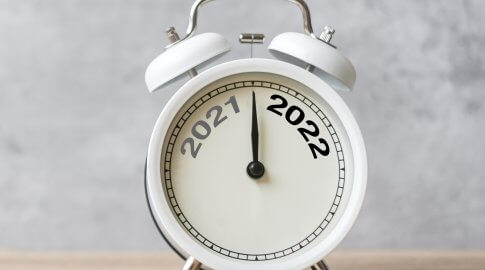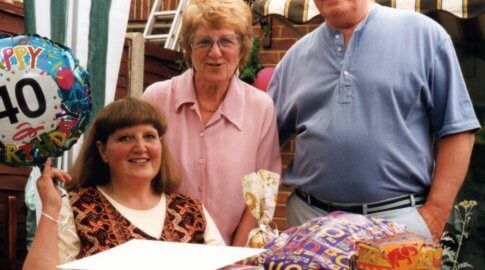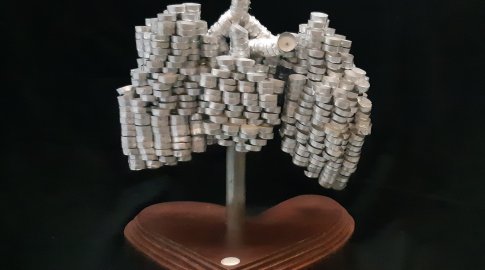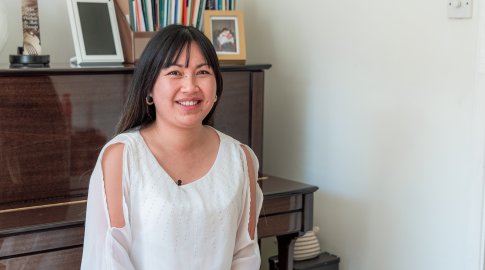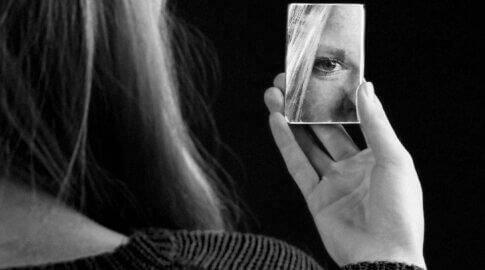Spotting the signs of breast cancer
Breast cancer is the most common cancer in the UK and according to the charity Breast Cancer Care, one in eight women will develop it in their lifetime.
Whatever your age, it’s important to check your breasts regularly for symptoms of breast cancer. Each month is recommended. This can be crucial in diagnosing cancer sooner and getting more effective treatment. Breast cancer survival is improving and has doubled in the past 40 years, with almost nine in ten women surviving breast cancer for five years or more.
Be breast aware. We’re all different so you should get to know how your breasts usually look and feel. Bear in mind how your breasts feel can depend on your menstruation cycle and age. For example, some women have tender and lumpy breasts, especially near the armpit, around the time of their period. After menopause, normal breasts feel softer and not as lumpy. If you spot any changes, report them promptly to your GP.
How to check your breasts
Look at, and feel, anywhere that has breast tissue – each breast and armpit, and up to your collarbone. You may find it easiest to do this with a soapy hand in the shower or bath, but it can be done anywhere. Also check your breasts in the mirror – with your arms by your side and then with them raised.
What to look out for:
Breast cancer doesn’t just show up as a lump. The NHS has the following guidance. Check for:
- A change in the size, outline or shape of your breast
- A change in the look or feel of your skin, such as puckering or dimpling
- A new lump, thickening or bumpy area in one breast or armpit that is different from the same area on the other side
- Nipple discharge that’s not milky
- Bleeding from your nipple
- A moist, red area on your nipple that doesn’t heal easily
- Any change in nipple position, such as your nipple being pulled in or pointing differently
- A rash on or around your nipple
- Any discomfort or pain in one breast, particularly if it’s a new pain and doesn’t go away
If you have any concerns, see your GP. Breast changes can happen for many reasons, and most aren’t serious. Nine out of ten breast lumps are not cancerous. However, if you find changes in your breast that aren’t normal for you, it’s best to see your GP as soon as possible. You’re less likely to need a mastectomy, breast removal, or chemotherapy if breast cancer is detected at an early stage. If you prefer to see a female GP, you can ask if one is available.
Always attend your breast screenings. Women are invited to routine breast screening – which involves having an X-ray or mammogram – from the age of 47 to 50, and it takes place every three years. However, it’s important to always check your breasts in between appointments.
More help and information:
Breast Cancer Care is dedicated to informing people about breast cancer, support those affected and campaigning for better care. Anyone with concerns can speak to a Breast Cancer Care nurse for free by calling 0808 800 6000 or, alternatively you can email via Breastcancercare.org.uk
Coppafeel.org is aimed at young people and has lots of advice on breast cancer, including a video on how to check your breasts and you can also sign up to a boob-check alert.


